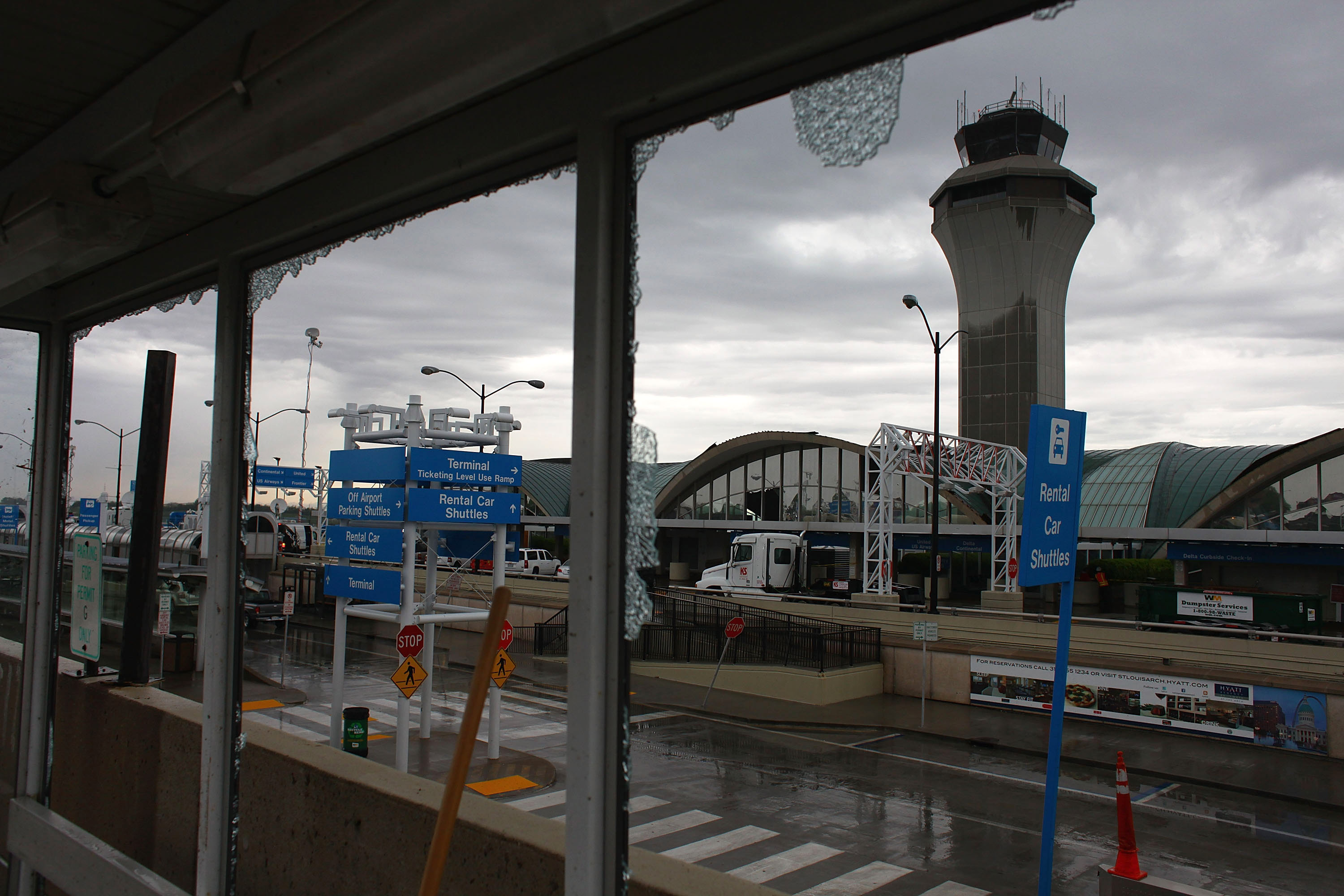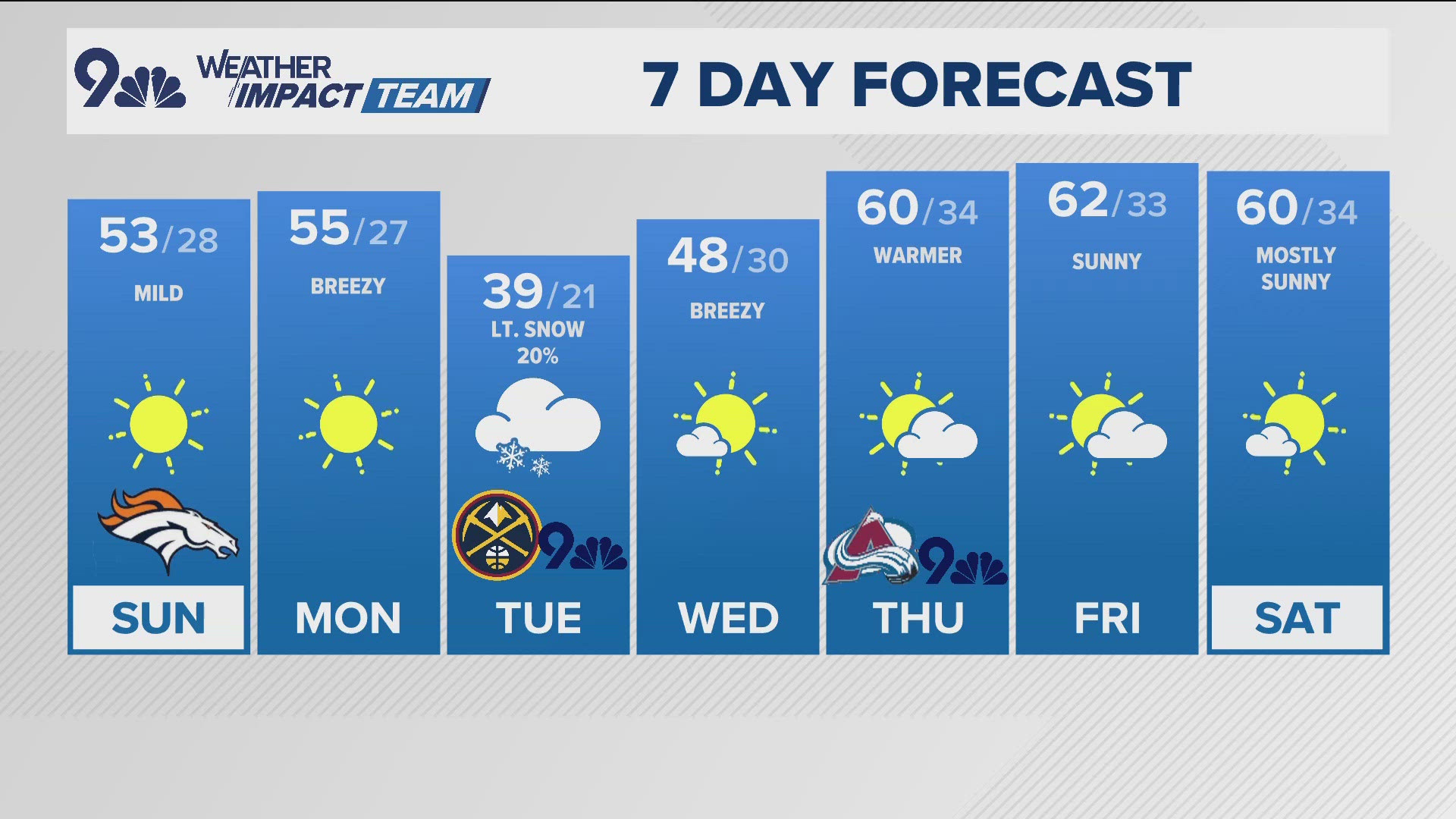A single violent tornado could cause as much as $20 billion in property damage — and countless casualties and deaths — if it hit a big city such as downtown Chicago, according to a report released Tuesday by Swiss Re, a global reinsurance company.
"This would be the most severe tornado damage in U.S. history," according to the report, which is titled U.S. Tornadoes: An Examination of the Past to Prepare for the Future.
In addition to deaths and injuries, "there would be thousands of people made homeless, tens of thousands would lose power, and hundreds of thousands would be unable to get to work," said Megan Linkin, natural hazards expert with Swiss Re.
Such a scenario will be coming to a theater near you next month in the movie Into the Storm.
Ferocious tornado outbreaks have plagued the U.S. in recent years, with high death tolls and damage from twisters in and around smaller cities such as Joplin, Mo., Tuscaloosa, Ala., and Moore, Okla. Overall, the annual average loss from severe thunderstorms and the tornadoes they produce is about $5.5 billion, Swiss Re reports.
The costliest single tornado to hit a city was the EF5-twister that leveled portions of Joplin, Mo., in 2011, killing more than 150 people and causing $2.1 billion in damage. But no EF3 (or stronger) tornado has struck one of the USA's major metropolitan areas in the past decade, and no major city has experienced a worst-case scenario event since 1950, according to Swiss Re.
Tornadoes are rated on the Enhanced Fujita (EF) scale of tornado intensity, with EF0 the weakest and EF5 the strongest. For the study, Swiss Re defined a major metropolitan area as "any county which the U.S. Census defined as being more than 30% urbanized."
"Considering the population and exposure growth, the potential for much larger losses than we've witnessed in recent history exists and is very real," the report notes. It's true that tornadoes have caused some damage in cities such as Atlanta, Miami, Salt Lake City and St. Louis over the past few decades, but destruction did not reach catastrophic levels.
Big cities don't have some magic protective shield — so why is it that they so seldom seem to get hit?
"Simply, downtowns cover tiny land areas relative to the entire nation," notes meteorologist Roger Edwards on the Storm Prediction Center website.
"The chance of any particular tornado hitting a major downtown is quite low — not for any meteorological reason, but simply because downtowns are small targets," Edwards writes. "Even when tornadoes hit metro areas, their odds of hitting downtown are small out of space considerations alone."
The idea of large buildings destroying or preventing a tornado is pure myth, says Edwards. Even the largest skyscrapers pale in size and volume when compared to the total circulation of a big tornado from ground through thunderhead.
Swiss Re found that densely populated and developed Cook County, Ill., which includes the city of Chicago, has the greatest potential exposure to a violent and long-track tornado. If the same EF5 tornado that hit Moore, Okla., in 2013 hit Chicago, tens of billions of dollars' worth of property would lie in the tornado's path.
Damage estimates for the tornado would be in excess of $20 billion. An estimated 112,000 people live within the tornado damage swath, of which many would be injured or killed, despite improvements in tornado warnings from the National Weather Service, a branch of the National Oceanic and Atmospheric Administration (NOAA).
"NOAA has made tremendous advances in tornado warning lead times, which they deserve great credit for," Linkin says. "However, the current average lead time for tornado warnings still remains at only 13 minutes. In a city like Chicago, which is densely populated, there is the potential for significant disruption as millions of people look to reach shelter and safety in less than a quarter of an hour."
Swiss Re chose Chicago as an example because it's a densely populated city in the tornado-prone central U.S. Such a hit on New York City, for example, is simply not realistic.
However, Swiss Re says that a violent, severe, long-track tornado is possible in Chicago.
(Copyright © 2014 USA TODAY)


